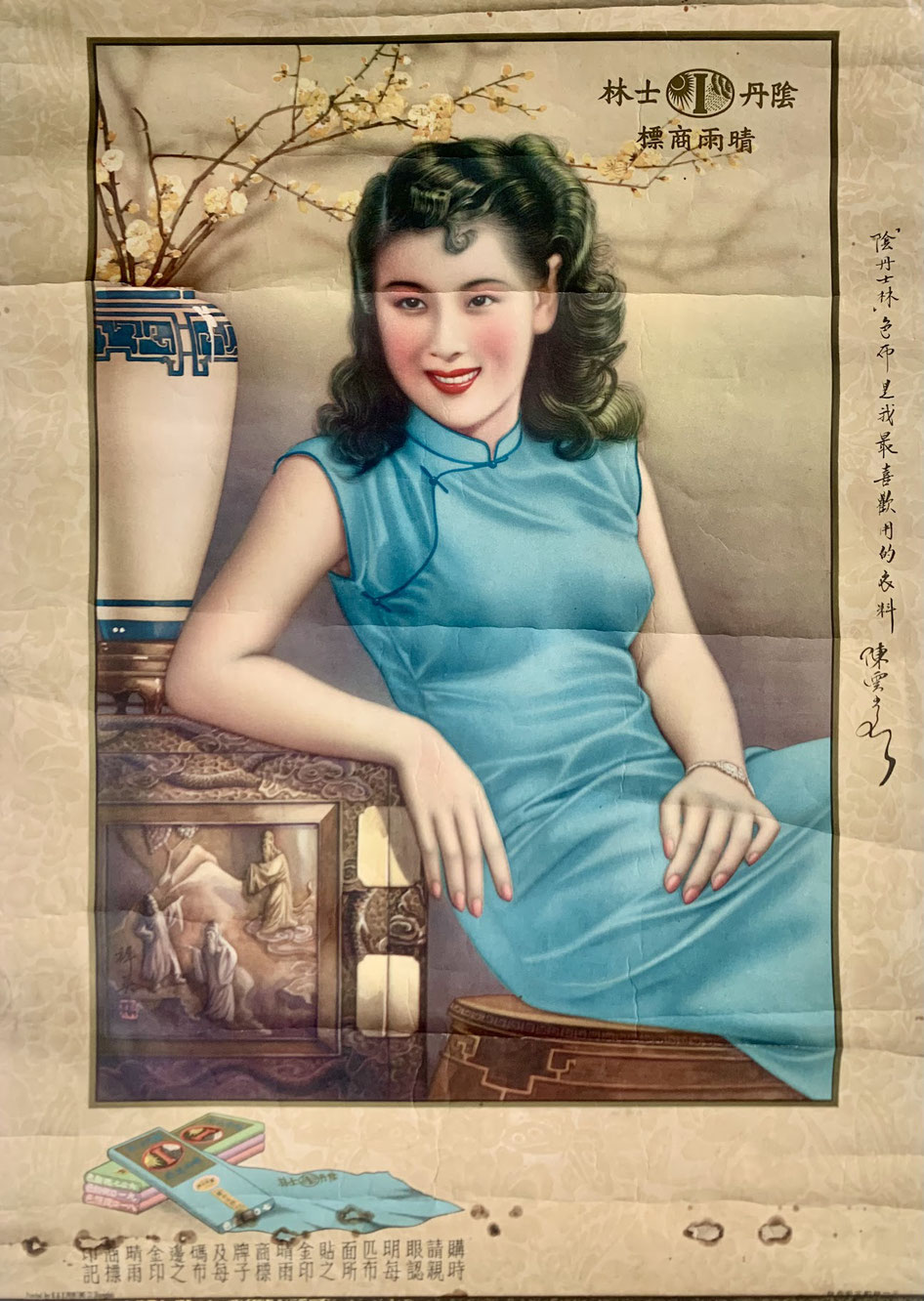

This gorgeous 1940s advertising poster for Indanthrene dye from our collection, features acclaimed Chinese actress Nancy Chan. It also tells the story of a chemical innovation from Germany that deeply influenced the popularization of the iconic Cheongsam or Qipao dress in China.
The Badische Anilin- und Sodafabrik, better known as BASF, was founded in Mannheim, Germany in 1865 and had already been actively marketing and selling its “Indigo Pure” dyes in China since 1885.
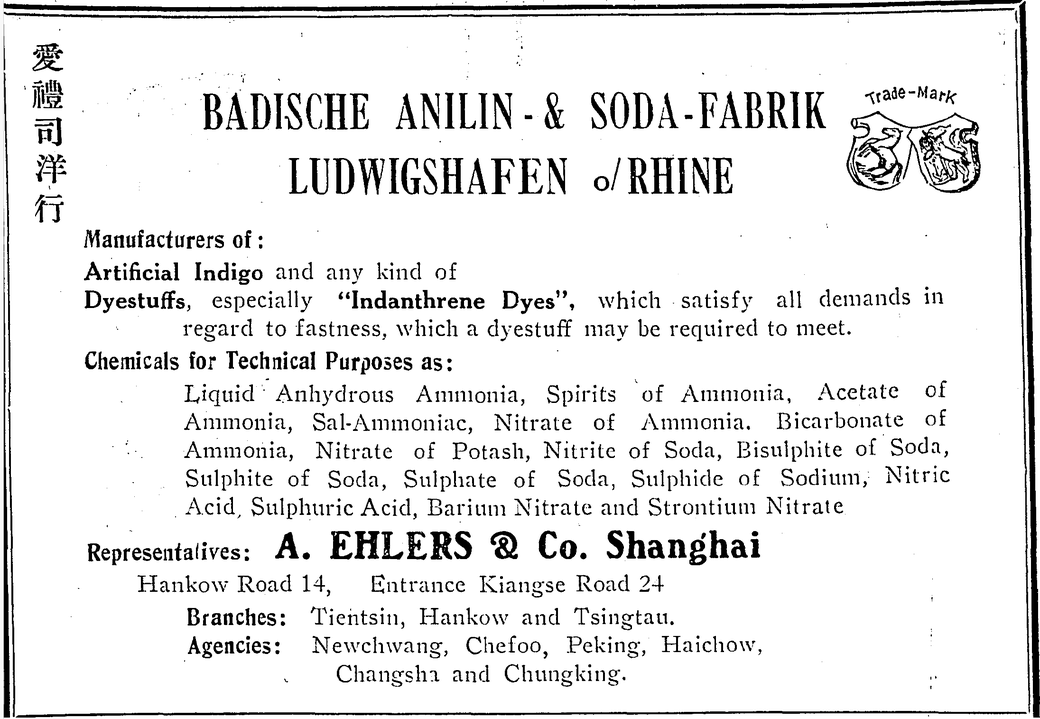
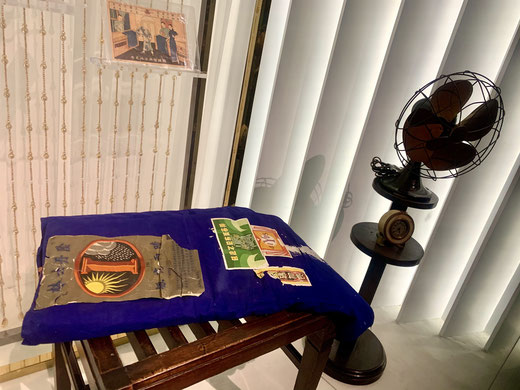
In 1901 BASF chemist René Bohn discovered a new blue dye called “Indanthrene Blue”, which surpassed indigo in colorfastness and lightfastness and lead to new application opportunities in textile dyeing and printing.
In 1925 BASF became part of the I.G. Farben conglomerate, and soon thereafter, in 1927 the chemical behemoth changed its sales strategy in China: The goal was to gradually replace synthetic indigo with the higher quality Indanthrene dyes, which by now were also available in many other colors.

Extensive promotional activities supported the product launch. Posters were hung, flyers and promotional merchandise were handed out, walls were covered in indanthrene paint and dyed pieces of cloth were distributed. The latter had a gold stamp of the indanthrene Trademark to distinguish it from the competitors' products.
The Trademark itself was a large "I" surrounded by the sun and a rain cloud. It distinctively symbolized that this dye was light-resistant and would not wash out.

The campaign coincided with the emergence of the classic Qipao dresses in China during the 1920s and 30s and "the cloth that never fades" immediately won great popularity among women across the country.
The Qipao, or Cheongsam as it is also called, was created in Shanghai and represents a unique blend of traditional Manchu robes with modern Western influences and art styles. The dress focused on showing off the natural curve of the female body and conveyed progressive messages of female body emancipation, away from the idealized womanhood in conservative Confucian ideology.
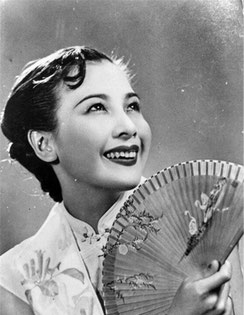
While many famous Chinese singers and actresses at that time represented this epitome of the “New Woman”, no star could have been a better pick in 1940 for our Indanthrene poster than Nancy Chan.
Chen Yunshang (陈云裳), as she was called in Chinese, was born in Guangzhou and began her career in Hong Kong in 1935.
In just 4 years, she shot more than 20 Cantonese films, and her reputation grew.

In 1939, at the invitation of the boss of Xinhua Film Company, she moved to Shanghai to star in the Mandarin film "Mulan Joins the Army" where she acted along two of our old friends from one of our previous stories, the comedians Han Langen and Yin Xiucen.
The movie became a major commercial success, playing to full theaters in Shanghai and remained on-screen for 85 consecutive days. It sparked off debates over gender, modernity, and the changing relationships of "modern Mulans" in early 20th century China. It also made its lead, Chen Yunshang, into a bona-fide star and overnight sensation.
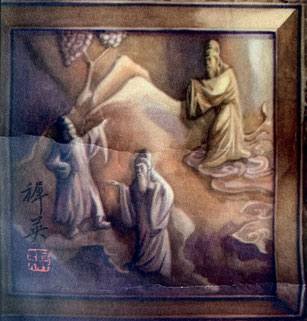
During the next five years in Shanghai, Chen shot more than 20 Mandarin films and won the title of “Chinese Film Queen” three times.
Besides the engagement for Indanthrene, she also endorsed Elgin wristwatches, and one of them is even featured on the dye advertisement from our collection. The poster was designed by none other than Hang Zhiying, Republican China’s most prolific commercial illustrator who we previously featured in detail here.
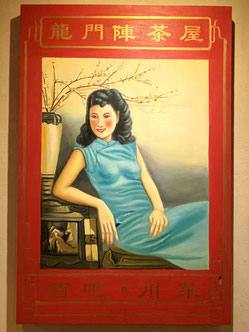
Just when her career reached its peak in 1945, Nancy Chan got married and returned to Hong Kong where she retired from acting in 1952.
She passed away there in 2016 at the high age of 96 or even 99, as some sources claim, making her the longest surviving classic Shanghai calendar girl, even outliving her contemporary Li Lili who died in 2005 at age 90. While Chen Yunshang’s movies are hardly known anymore nowadays, the iconic Indanthrene poster immortalized her for the ages, with reprints and homages to it found across China to this day.


















































Write a comment